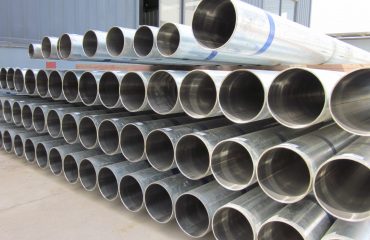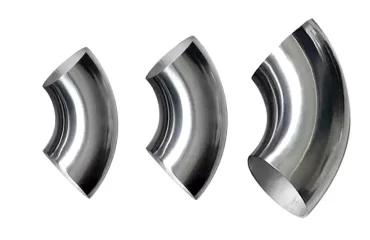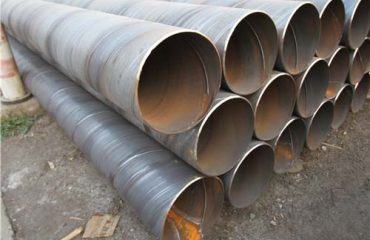Line Pipe Formation through J-C-O-E Technique
Introduction
The formation of line pipes using the J-C-O-E technique is a meticulous process that transforms TMCP (Thermo Mechanical Controlled Processing) and accelerated cooling processed plates into line pipes. This transformation involves several stages, each critical to achieving the desired pipe dimensions and weld quality. The J-C-O-E process, named for its sequential steps—J-ing, C-ing, O-ing, and Expansion—ensures that the final product meets stringent specifications for use in demanding environments. This article explores the key stages of line pipe formation, focusing on the technical aspects and challenges associated with each step.
1. Stages of Line Pipe Formation
1.1 Plate Edge Milling
-
Purpose: Plate edge milling is the initial step in line pipe formation, where the plate is trimmed to the required width and the weld joint geometry is established. This process is crucial for ensuring a precise fit and optimal weld quality.
-
Equipment: A 600 mm diameter cutter with 48 cartridges is used to trim the plate edges and create a double Y-joint geometry. This geometry includes upper and lower bevels and a root face, designed to minimize gaps during tack welding.
-
Joint Geometry: The double Y-joint geometry is essential for achieving sound welds, as it reduces the risk of defects like porosity and slag inclusion during submerged arc welding.
1.2 Plate Edge Crimping
-
Objective: Plate edge crimping shapes the edges of the plate to the required radius, ensuring proper alignment and fit during subsequent forming stages. This step is critical for controlling peaking and flatness after mechanical expansion.
-
Challenges: Improper crimping can lead to dimensional defects such as positive or negative peaking, which are unacceptable according to line pipe manufacturing specifications. The API-5L standard limits these defects to 1.59 mm after expansion.
-
Die Design: Crimping dies are made from low alloy steel, induction hardened for wear resistance. The die radius is determined based on the pipe’s diameter, thickness, and grade, taking into account the spring-back behavior of the steel.
1.3 J-C-O Forming
-
Process: The J-C-O forming stage involves bending the plate into a J-shape, then a C-shape, and finally an O-shape. This incremental pressing achieves the desired pipe geometry and prepares it for welding.
-
Dimensional Control: Proper forming is crucial for preventing ovality and localized flatness, which can lead to structural weaknesses. The API-5L standard limits ovality to 1% and flatness to 1.59 mm after expansion.
-
Die Material: J-C-O forming dies are made from low alloy steel, induction hardened for durability. The die radius is tailored to the pipe’s diameter, thickness, and grade, accounting for spring-back behavior.
1.4 Mechanical Expansion
-
Purpose: Mechanical expansion ensures the final dimensions of the line pipe, particularly around the weld seam and circumference. This step corrects minor dimensional deviations and enhances structural integrity.
-
Tool Design: Expansion tools include expansion segments, wedges, and pipe support rolls. These tools are made from die steel, hardened for wear resistance. The wedge material, ADI, is selected for its strength and self-lubricating properties.
-
Challenges: The expansion process must avoid contact with the weld seam, as marks on the weld bead are unacceptable. Proper tool design and material selection are critical for achieving the desired pipe dimensions.
2. Experimental Technique
-
Material: The experiment used X-120M steel, a low carbon, microalloyed steel with a bainitic microstructure. This material offers high strength and toughness, making it suitable for demanding applications.
-
Microstructure: The steel’s microstructure, observed through microscopy, includes fine precipitates of metallic carbides, contributing to its mechanical properties.
-
Mechanical Properties: The X-120M steel exhibits high tensile strength and toughness, essential for line pipe applications.
Conclusion
The formation of line pipes through the J-C-O-E technique is a complex process that requires precise control over each stage. From plate edge milling to mechanical expansion, each step is critical for achieving the desired pipe dimensions and weld quality. By understanding the technical aspects and challenges associated with each stage, manufacturers can produce high-quality line pipes that meet stringent specifications. The J-C-O-E technique remains a cornerstone of modern line pipe manufacturing, ensuring the reliability and safety of pipelines in demanding environments. If you have any more questions or need further details, feel free to ask!




You must be logged in to post a comment.